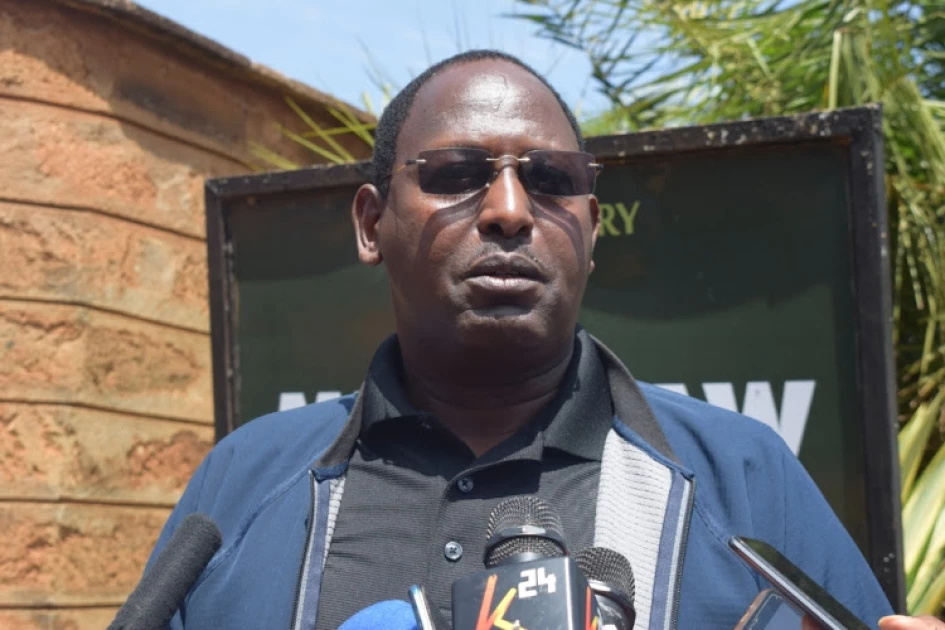Embracing controlled grazing, deployment of extension officers to bridge milk demand gap

Tigania West MP John Mutunga, the chairperson of the Agriculture and Livestock committee
Goat milk is the most nutritious, and rich in Calcium, Magnesium and Iron.
It’s also the most expensive with a litre going for Ksh.200 and Ksh.120 per litre for camel milk.
Dairy Cow farming is the most popular in the highlands and Camel farming is popular in arid and semi-arid areas. Camel milk helps in the treatment of diseases like tuberculosis and asthma.
5 million households are in Livestock production. The milk demand in Kenya totals 8 billion litres and the current production is 5.2 billion litres thus creating a deficit of 2.8 billion litres.
To help bridge the gap, Tigania West MP John Mutunga, the chairperson of the Agriculture and Livestock committee, at the Kenya National Assembly said there is a need to increase dairy herd, spread out the dairy animals to more areas and do more controlled grazing other than free grazing.
“Locality is not a problem, it’s possible to keep any animal anywhere and produce as much as somebody can produce in the highlands," he said on Kenya’s Gold show.
Starting a dairy farm is quite expensive for a young person especially because it costs a farmer Ksh.80,000 to Ksh.120,000 to purchase a good dairy and breed it.
Mutunga suggested that youths can get secured loans from Agricultural Finance corporations or get group loans under hustler funds and commodity funds by the Ministry of Agriculture will soon accept dairy farmers and this will help young people with the capital needed to kick start the journey.
To help increase productivity, you need to milk the cow well, take care of its health, milk it appropriately and get the right mixer of the genes and the breed.
“The guaranteed minimum returns for the dairy farmers are right now stabilizing at Ksh.50 per litre. This means we have calculated the cost of production under various conditions and gotten the average.”
The best way for farmers to get training is by the deployment of extension officers by the government but the government has not been employing and those who were there were absorbed by the county government after devolution have leveled up and left the extension services.
“We can’t do without employing extension officers even as we double up with technologies," Mutunga said.
Kenya is the Dairy centre of excellence. According to the International Livestock Research Institute, cows in Kenya produce over 3.5 Billion litres of milk per year. 10 cows produce 200 liters a day equivalent to 6000 Liters monthly. Goats produce 6.4 million litres and Camels, 340 litres.
Want to send us a story? SMS to 25170 or WhatsApp 0743570000 or Submit on Citizen Digital or email wananchi@royalmedia.co.ke
Comments
No comments yet.


Leave a Comment